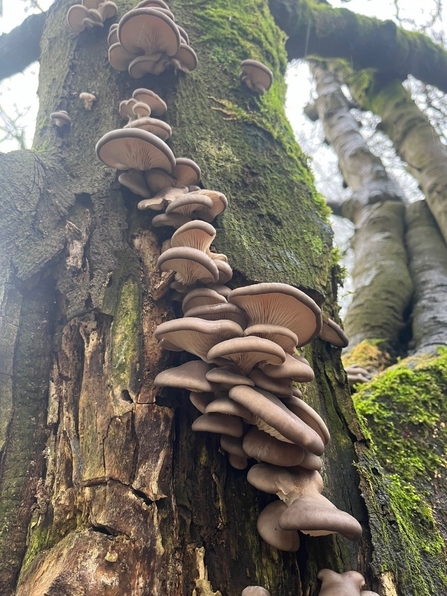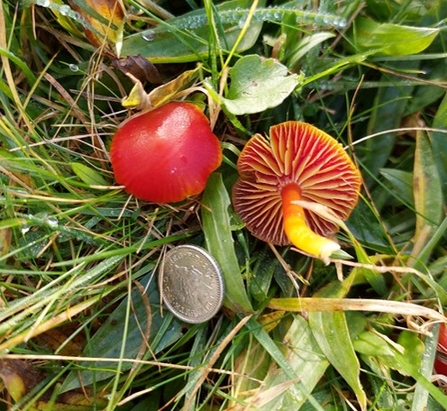The last days of summer are now behind us, and the first crisp mornings signal the inevitable arrival of Autumn. While many of us mourn the end of the warm season, I find this to be one of the most exciting times of the year. Called to action by the Autumn rain, strange lifeforms are stirring all around us. For the majority of the year they remain hidden; beneath the ground, amongst the leaf litter, within living and dead trees, and almost everywhere else you can imagine. However, when the temperature and humidity are just right they seize the opportunity to reveal their presence, decorating their habitats with a spectacular display of mind-bogglingly diverse living structures.
I am talking, of course, about fungi. This fascinating and mysterious Kingdom is often described as ‘strange’ or ‘alien’, and their stark dissimilarity to human beings has caused many cultures to develop a negative or mycophobic (fear of mushrooms) view of them. Britain is undoubtedly amongst these; mushrooms are associated with such things as witchcraft, poison and Halloween, and many people perceive them as dangerous or in an otherwise negative light. The reality is that as recently-evolved organisms we are far more alien to the planet than fungi are. Compared to humans, fungi are almost inconceivably ancient- the earliest fossils containing recognisable mycelium are dated at 700 to 800 million years old, making the 300 thousand years since modern humans first appeared seem like the blink of an evolutionary eye. To put this in perspective, these fossils pre-date the evolution of many other ancient organisms including trees, sharks, and horseshoe crabs by at least 350 million years. It’s hardly surprising that fungi form a crucial component of almost every terrestrial ecosystem in the world!



